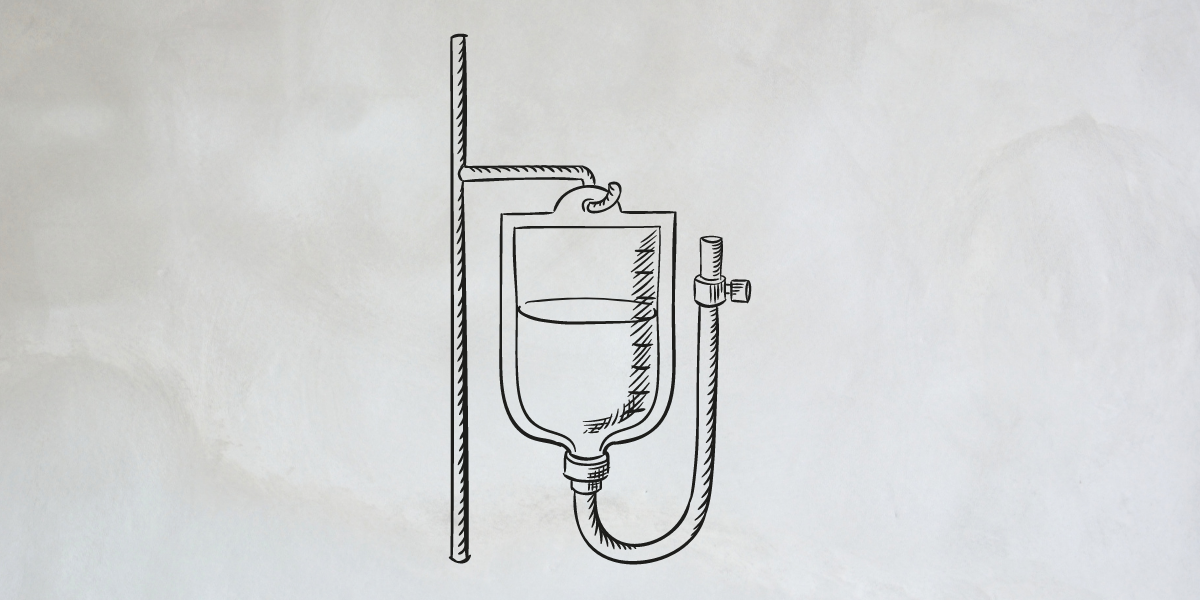
A system that is effective has three steps.
1. Start campaigns that get attention and generate leads
2. You can sell leads in the first meeting, either by phone or in-person
3. Triage the leads: develop, drip drop, delay, or drop.
1. Start campaigns that get attention and generate leads
Too many companies invest heavily in lead generation strategies without considering who their ideal client is. They attract the wrong prospects and a lot of attention. It is easier to identify the ideal client and then to locate similar clients. First, you need to attract attention and create interest.
Your campaigns should be focused on providing value. Cold calling was a vital component of the industrial age. Cold calling was created to serve vendors, not buyers. Cold calling is based on the belief the vendor can interrupt a buyer to inform him or her about the features and benefits of its products. We can’t assume that vendors have the right or authority to harass buyers. Buyers must also be mindful of their emotional needs. It is not a good idea to start a relationship by irritating the buyer. Spend some time thinking about what you could give away while designing your campaigns. Is there intellectual property you could convert into white paper? Are you able to put an instructional video on a CD? You might also consider a reprint of an article. These give-aways create tremendous goodwill. It also allows you to measure your campaigns’ effectiveness. These items allow you to measure the effectiveness of each campaign and determine how many people have asked for what value you offer.
2. On the first meeting, sell the leads
After you have gained their attention, it is time to schedule your first meeting. A first meeting is like a first date. You pay and take care of everything when you ask someone out on a date. It is crucial that you invest the initial capital when asking a prospect to meet you. You must show your prospect that you offer relevant value during this meeting. You have to decide whether you want to ask for a second date after the first date. What do you do if they decline? Once you have their attention, you must convince them to give you their time. Buyers trade time for value, just like money. The buyer will grant you a meeting to communicate their expectations of getting value in exchange for spending time with them. This meeting should be structured so that the buyer feels comfortable, is able to share important information with you, and allows you to assess your suitability for the buyer. This determination will determine whether you develop, drop, delay, or create the opportunity.
3. Triage the leads
The sales professional must make a decision based on the initial meeting. Is the lead worth more investment? If so, the sales professional should ask for a second meeting. The objective of the second meeting is to accurately diagnose the need and develop it. If the need is not being met, the lead should either be dropped, dripped, or delayed.
Dropped. This is obvious. This is a bad fit and should be avoided.
Dripped. Dripped. The lead is a good match, but they aren’t ready to enter into a buying cycle right now. You should set up a communication schedule to keep your company in touch until they are ready for a buying decision.
Do not delay. Although the lead is a great fit, something must happen first. They asked for you to follow up with them in the near future but do not want periodic communication between now and then.
This is the key to economic growth. It is easy to use lead generation to get first meetings and to triage leads. This will ensure that your sales team has a full-funnel of high-quality opportunities.